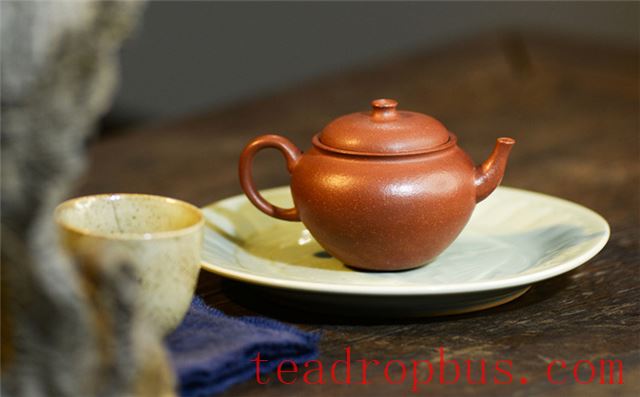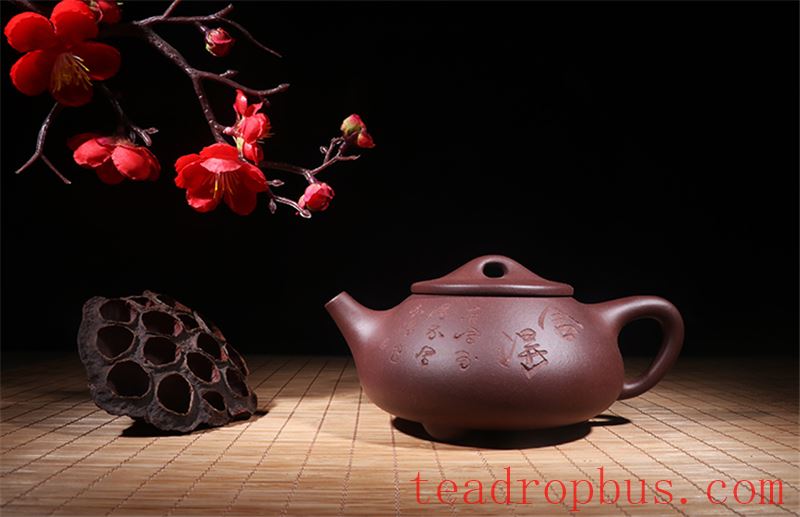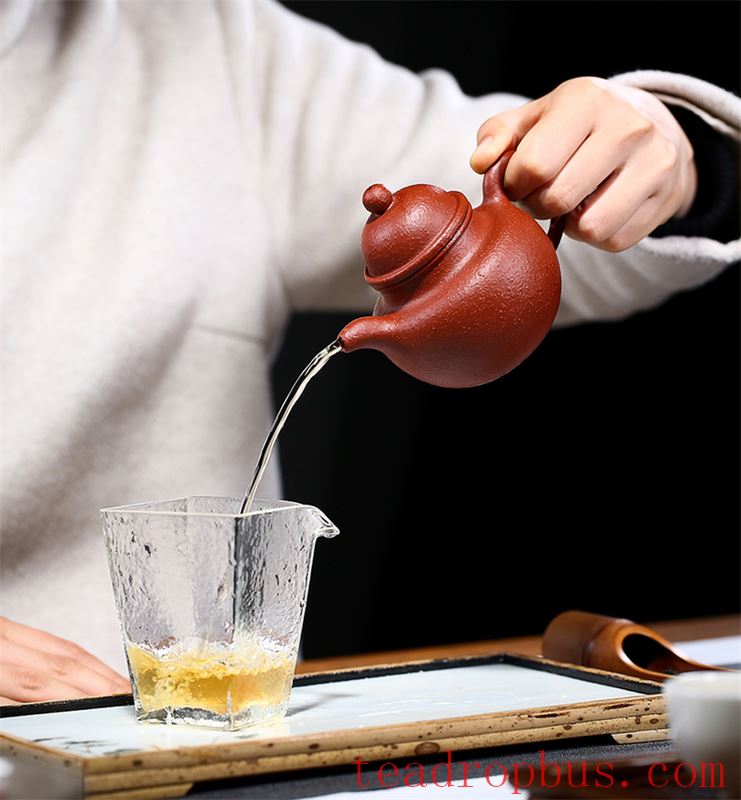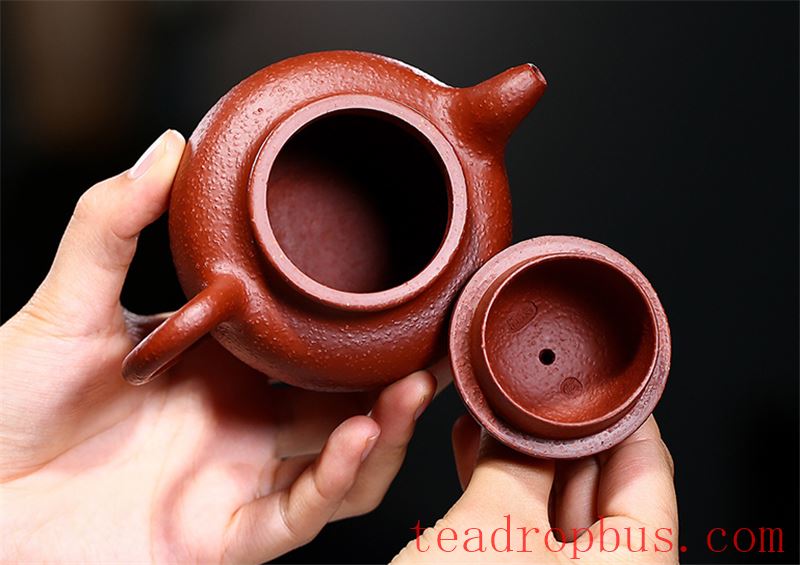More and more people are drinking Tea and gaining a different understanding of the art of brewing. They are gradually developing a preference for using purple clay teapots. However, with a wide variety of teapots available on the market and differing craftsmanship, it can be challenging to choose the right one. Here, I will share some basic knowledge for your reference:
1. How should I choose a Teapot?
Before selecting a teapot, determine your needs. What is the purpose of buying the teapot? Is it a gift or for personal use? If it's a gift, consider what type of tea the recipient drinks, their level of knowledge about teapots, and your budget.
If you're buying it for yourself, think about what kind of tea you plan to brew, how many people will be using it, and your budget. With this information, you can select a suitable purple clay teapot.
2. Why is there such a large price difference between purple clay teapots?
The price of a purple clay teapot is determined by its craftsmanship, shape, aesthetic appeal, clay material, and the reputation of the artist. This is similar to buying clothes, where prices can range from tens to thousands of dollars based on the quality of materials, tailoring, design, and whether it is a brand-name product. The same principles apply to purple clay teapots. The workmanship, materials, design, artistic appeal, and the artist's reputation all influence the price. Masterpieces can sell for millions at auctions, transcending their practical value and becoming collectible artworks with artistic depth and sophistication.

3. What are the standards for a good teapot? How can I identify chemically treated or slip-cast teapots?
A good teapot should have fine craftsmanship, pure materials, provide an excellent taste when brewing tea, be comfortable to hold, have a good feel in the hand, pour smoothly, seal well, and after being used and cared for, display a lustrous appearance like purple jade. True purple clay always has a granular texture; otherwise, why would it be called “clay”? Some inexpensive teapots look overly glossy without having been used and cared for, or they may have a uniform color without any granular texture. These are most likely chemically treated or wax-coated. Slip-cast teapots or cups often feel rough to the touch and have poor craftsmanship.
4. What types of purple clay exist, and which is the best?>
Purple clay, also known as five-color clay, includes several major categories such as purple clay, red clay, and duan clay. These can be blended to produce various colors and textures. It's difficult to say which is the best since preferences vary. For example, some prefer Green Tea in a light green teapot, while others might enjoy Oolong tea brewed in a red clay teapot. Each person's taste is unique. According to feedback from tea enthusiasts, light green teapots enhance the aroma of green tea, red clay teapots bring out the fragrance of raw Pu'er and Oolong Tea, and yellow clay teapots improve the flavor of rock tea and aged Pu'er. Good purple clay and bottom groove green teapots have a broad range of adaptability, particularly for aged Pu'er. This list is not exhaustive, and different experiences may lead to better suggestions.

5. How do I care for my teapot, and why is it important?
Caring for your teapot is a natural part of the tea-brewing process. There's no need to obsess over it. After each use, rinse the teapot inside and out, then fill it with fresh tea the next day. Warm the pot with hot water, and use the first rinse of the tea leaves to pour over the teapot. Wipe it gently with a clean tea towel. Over time, a well-cared-for teapot will become smoother, shinier, and more vibrant, making it a joy to handle. Caring for your teapot is important for three reasons: it develops a lustrous appearance reminiscent of purple jade, brings a sense of achievement and surprise through the changes, and enhances the flavor of tea compared to a new teapot.
6. Can a teapot be used for different types of tea?
Tea connoisseurs know that each type of tea has distinct flavors. For example, Pu'er and oolong teas have completely different tastes. Since purple clay teapots absorb the aroma of the tea they contain due to their double-pore structure, using the same teapot for different types of tea could result in mixed flavors. Therefore, it's best not to use the same teapot for Pu'er one day and oolong the next. Similarly, a single teapot should not be used for both raw and aged Pu'er.

7. When choosing a teapot, what is most important: capacity, materials, craftsmanship, or the reputation and artist?
If you're a working-class individual looking primarily for functionality, start with authentic clay and an appropriate capacity. Using the right material ensures a flavorful tea infusion, while the right size prevents waste and inconvenience. Choose a size based on the number of people using the teapot, the type of tea you'll be brewing, and your personal drinking habits. Next, consider the craftsmanship; avoid obvious flaws but remember that handmade items aren't perfect. Aim for comfort and value. If you're considering collecting, in addition to the factors mentioned for functional teapots, consider the reputation and artist. For teapots priced below 1,000 yuan, don't worry too much about the artist or reputation.
8. Does a teapot leaking while pouring indicate poor craftsmanship?
A smooth and decisive pour is what many buyers seek, but there's often a misunderstanding about what constitutes a clean pour. A clean pour means that pressing the air hole stops the flow of water immediately. This is what is meant by a clean pour, not that water drips from the spout during pouring. Whether a teapot leaks during pouring depends on the shape, length, opening, and position of the spout, among other factors.

9. Can an old teapot be used directly for brewing tea?
An antique or second-hand purple clay teapot may have accumulated dust and tea stains. Before using it, certain steps should be taken. First, remove any tea stains. If the teapot hasn't been used for a long time and has tea stains, gently brush them away with a soft-bristled toothbrush. For stubborn stains, soak the teapot in warm water with baking soda and brush gently. Second, eliminate any odors. If there is a noticeable odor or musty smell, boil the teapot in water or repeatedly rinse it with hot water until the odor disappears.
10. Is it suitable for young people to use purple clay teapots?
Is playing with purple clay teapots age-dependent? Purple clay symbolizes a refined appreciation of life and self-cultivation, regardless of age. Instead of just socializing over drinks, learn to appreciate and enjoy life. In today's hectic world, take a moment to sit down with friends around a tea tray, savoring tea and discussing life. If you have other questions about purple clay teapots, feel free to leave us a message, and we will be happy to help!